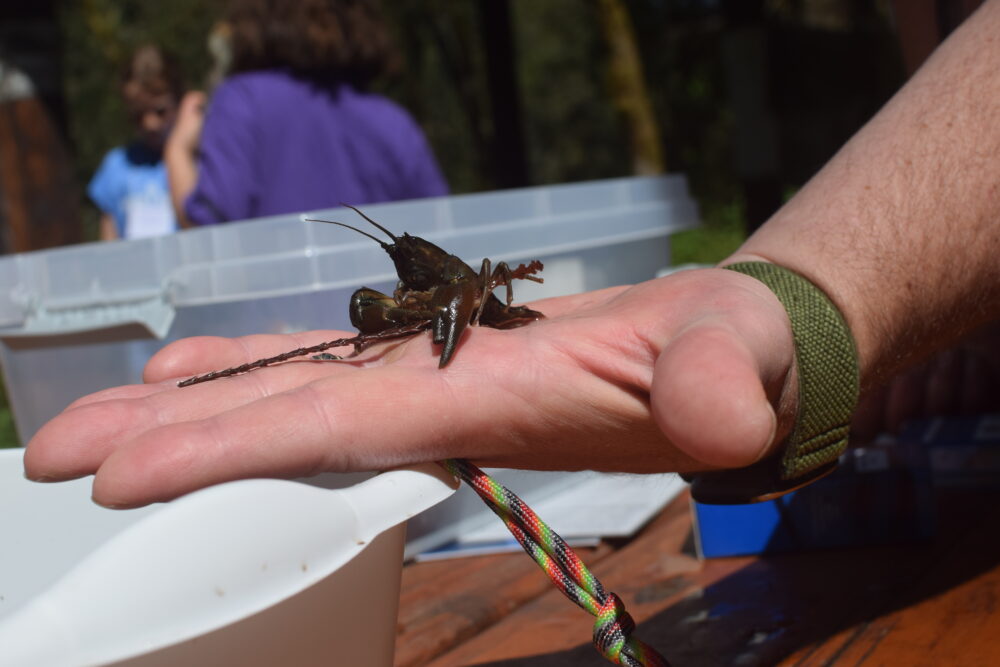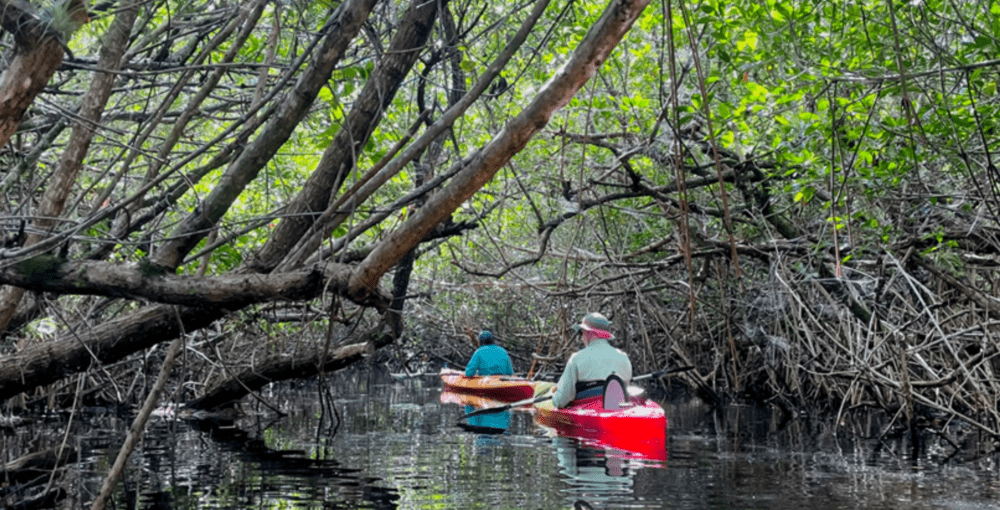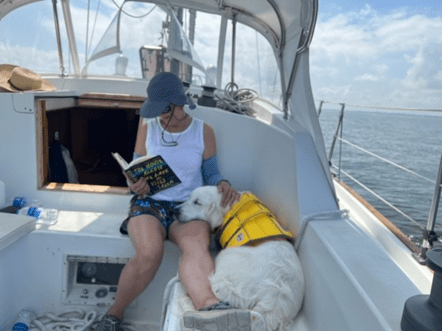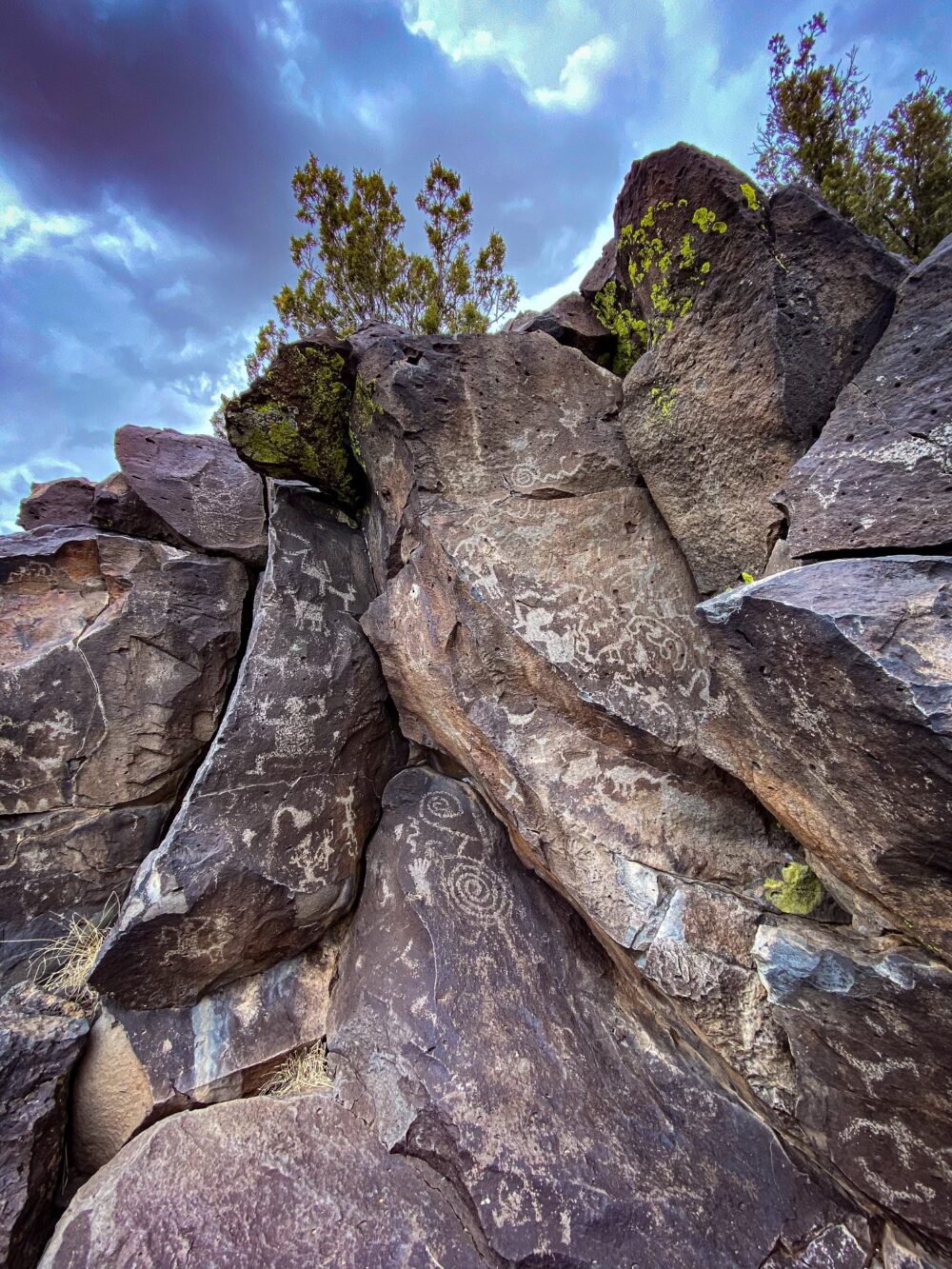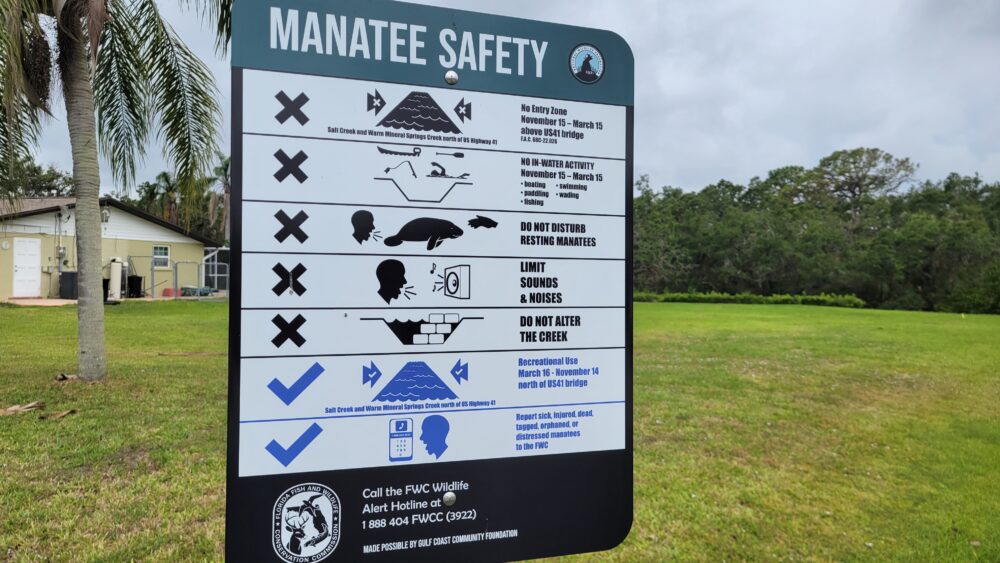We have much more to do and your continued support is needed now more than ever.
Useful Advice for Backcountry Campers
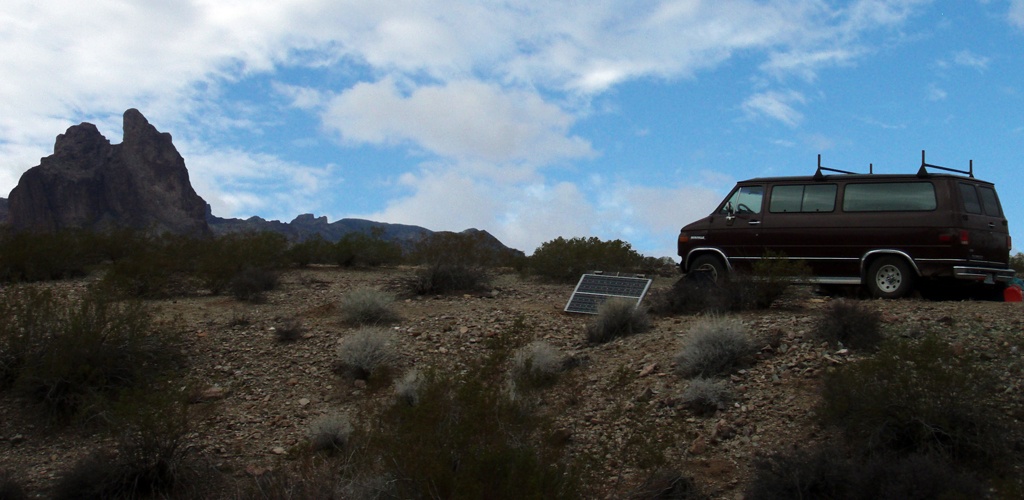
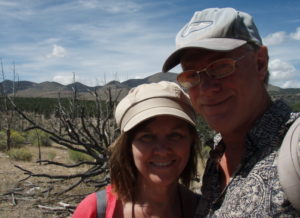
To get a better idea of what this is like, I asked a couple of experienced campers, Debbie Anderson and Steve LaRue, to share their insights about backcountry camping. They have camped out in a variety of locations for times varying from two weeks to two years. Debbie, an employee at the National Wildlife Federation, has gone backcountry camping five times, while Steve has camped off and on for 15 years.
Let’s learn some tips to have a good time backcountry camping:
What are some of your favorite camping spots?
Debbie and Steve: We found eastern Nevada to be surprisingly lush and green with lots of springs which were beautiful to camp around. We also have camped in the Missouri Ozarks along the Current River which is an amazing clean, spring-fed river. The upper course of the river and its tributaries are federally protected as the Ozark National Scenic Riverways, the first National Park in America to protect a river system. And finally, the Sonoran Desert in southern Arizona is quite an amazing place to camp, with views of magnificent rock formations in contrast with the stately saguaro cactus. My favorite place to camp is around the “Four Corners” in the Canyonlands.

How do you prepare for a trip?
Debbie: Research history, geology, artifacts, flora and fauna of the areas. I also make sure to buy any electronic storage such as SD cards and chargers ahead of time.
Steve: Research back roads and topography on Basecamp software.
What are 5 essential items you need to pack?
Debbie and Steve:
- Water in five-gallon containers & water purification items (Lifestraw), non-perishable and perishable food
- – Even if water is pristine-looking and devoid of bacteria, the water can still contain stuff like natural arsenic or asbestos
- – In emergencies, capture rain water in a tarp draped across a hole in the ground, secured by rocks
- Electronics for recording and direction (including game camera & GPS)
- Clothes for all occasions, including comfortable high-ankle shoes/boots & daypack
- Weapons for protection
- First Aid kit & baby wipes
Do you need a permit or reservation to backcountry camp?
Debbie and Steve: You are usually allowed to camp for 2 weeks in national forests and state parks. There are some places where you need a permit (for example, the Sonoran Desert National Monument near Barry Goldwater Air Force Range is a known corridor for drug smuggling – not recommended), so be sure to do your research before you set off.
What activities do you do while camping?
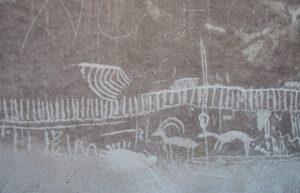
Debbie: Hike, hunt for interesting ancient sites for photography of artifacts and ruins, rockhounding, and view wildlife.
Steve: A lot of hiking, thinking and writing. I also am continuing to build my field guide in each place, recording flora, fauna, geology, and artifacts.
What are some of the wildlife you have seen while camping?
Debbie and Steve: In addition to the usual wildlife found in the different regions, we have been delighted by a few unusual appearances like the illusive jaguar in southern Arizona and a wild mustang stallion in our Nevada camp. You never know what you might see in remote areas.
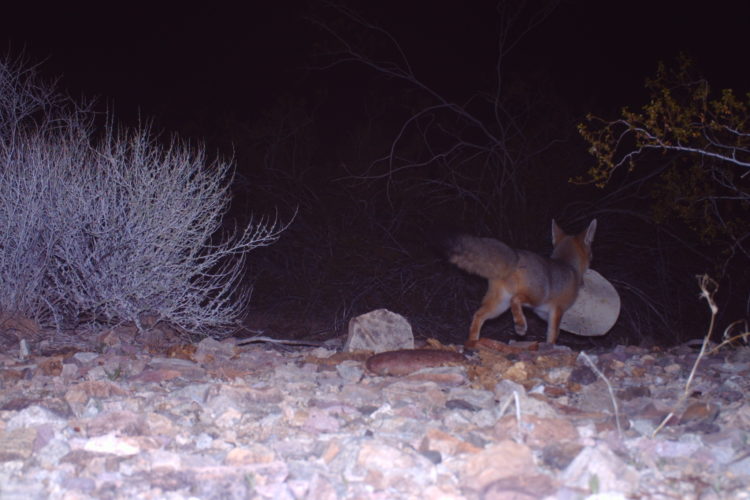
What was one of your favorite experiences while camping?
Debbie: Camping on a Mississippi gravel bar, where everything from sunken riverboat refuse to arrowheads and fossils are found.
Steve: A beautiful bighorn sheep was walking down the trail right into camp, and as I was reaching slowly for my camera, my dog took off after him. So, although a good dog will protect or at least discourage dangerous wildlife, it can also spoil some great wildlife viewing. Be careful with pets!
What is one quick and easy meal or food item you recommend?
Debbie: Peanut butter & jelly rolls made with flour tortillas.
Steve: Don’t underestimate the convenience of dry milk powder for cereal, etc.
What is some advice you would give to someone new to backcountry camping out west?
Debbie: Avoid poisonous bugs and snakes by going in the winter. Bring a car charger with ports for USB, standard plugs, and phones. Also take some good resource books, like “Gem Trails of Arizona” by James R. Mitchell — or plant and animal identification books for the area where you plan to camp. Duct tape is also a lifesaver for removing fine cactus needles you can’t even see!
Steve: A solar oven is an inexpensive lifesaver. It is portable and requires no fire for cooking. Also a solar panel is a great resource and helps you stay charged. Sometimes I would even watch DVDs in inclement weather!
Pledge NowGet outdoors this summer and pledge to camp as part of the National Wildlife Federation’s Great American Campout.
















